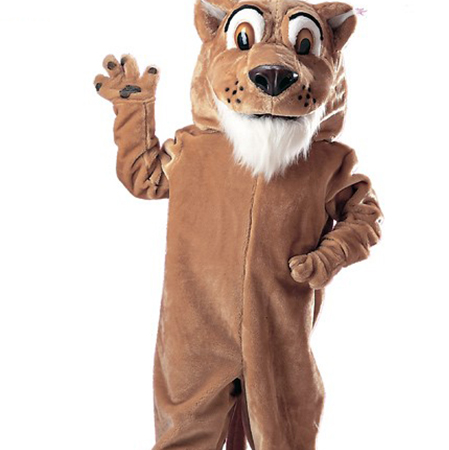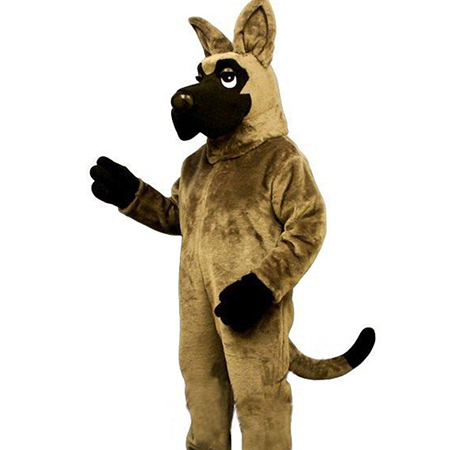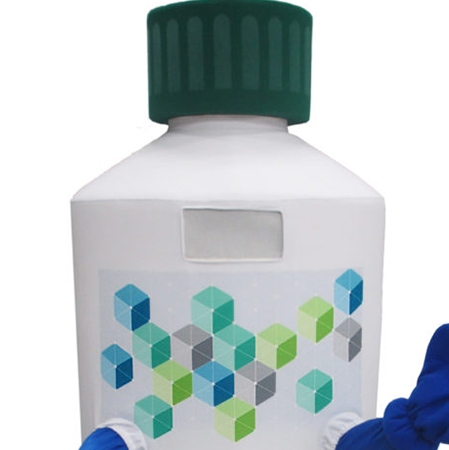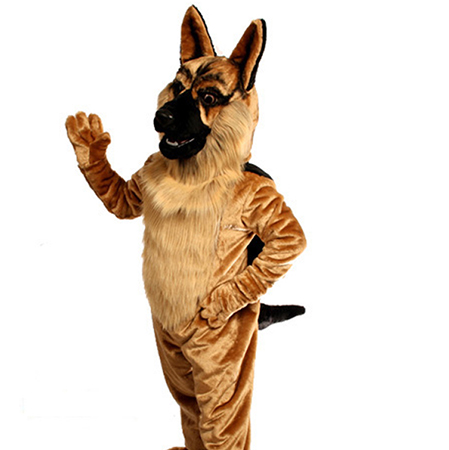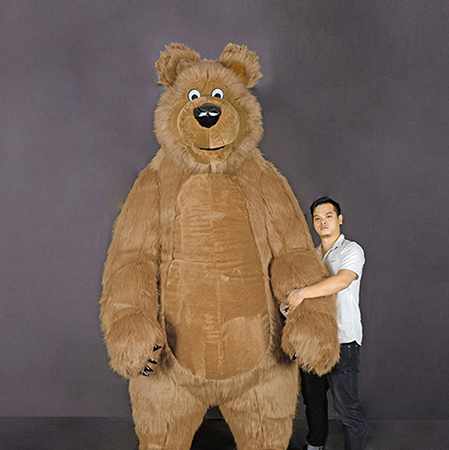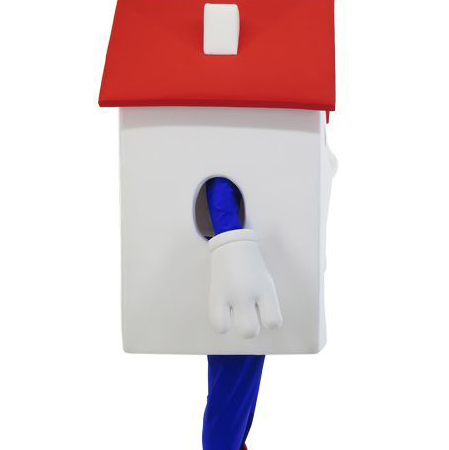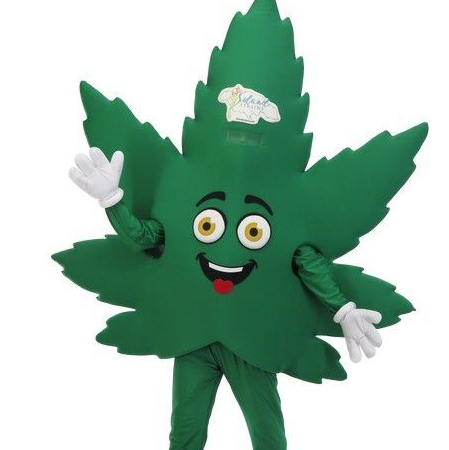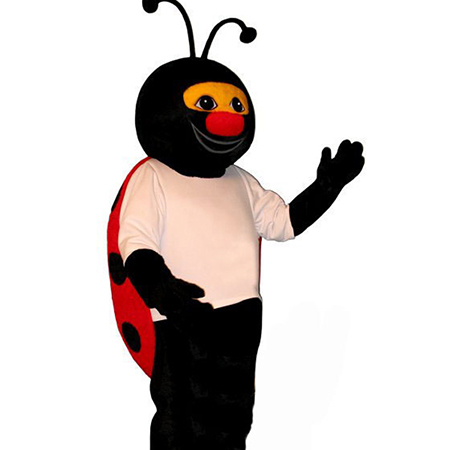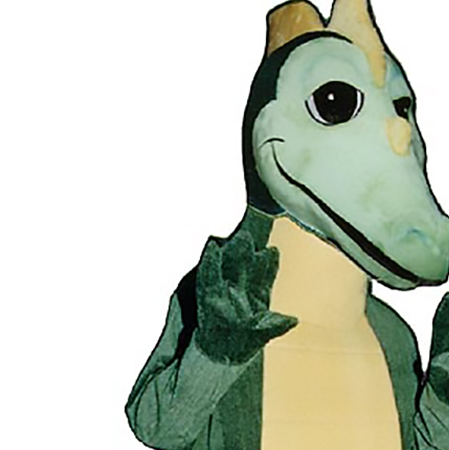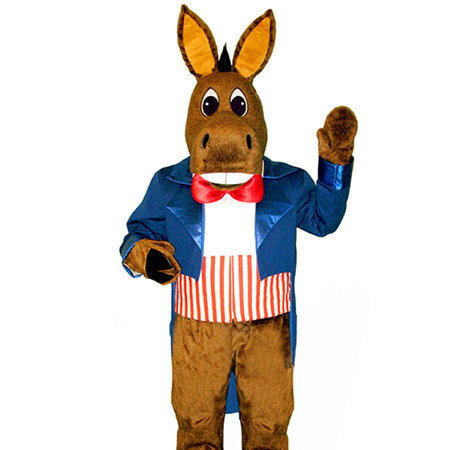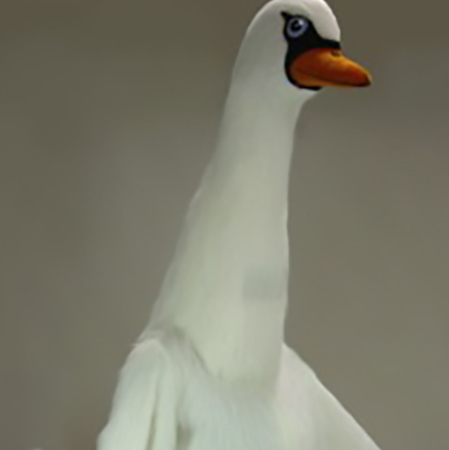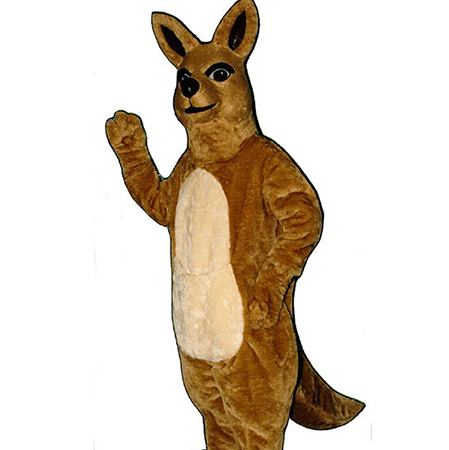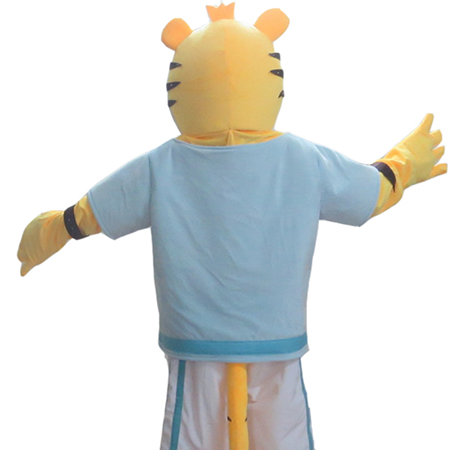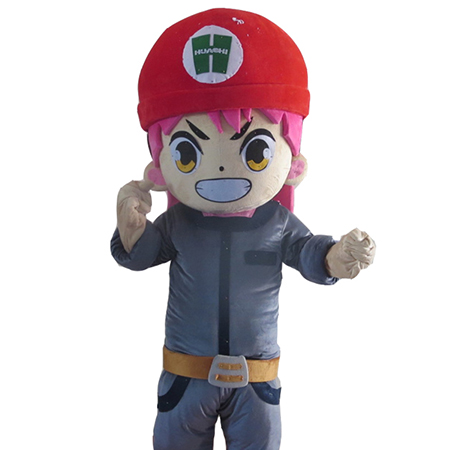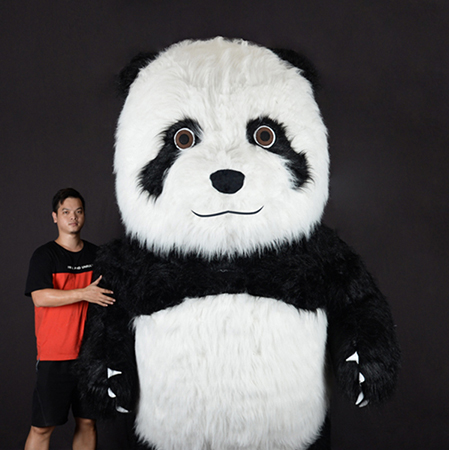Interactive Mascot Costumes: Engaging the Digital Generation
In today’s digital age, interactive mascot costumes blend technology with traditional roles to engage younger audiences. Key features include augmented reality (AR) for immersive experiences, sensors and microcontrollers for real-time interactions, social media integration for wider reach, and customizable light and sound effects for comprehensive entertainment. These advanced costumes enhance brand recognition and audience engagement at events, making them a powerful tool for connecting with tech-savvy youth. As technology evolves, so will the capabilities of these interactive mascots.

